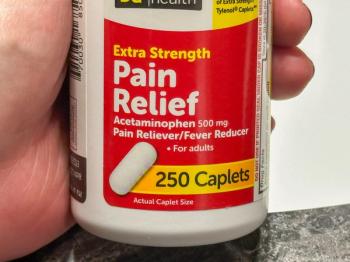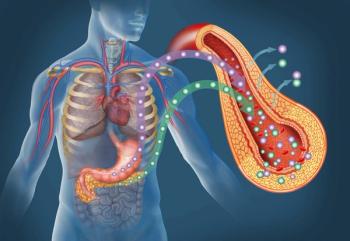
Switch to Extended Half-Life Hemophilia Factor Products Found to Double Costs
Pharmacy benefit manager study indicates that moving patients with hemophilia from standard half-life to extended half-life coagulation factor products carries a significant cost increase.
New extended half-life (EHL) coagulation factor products that stretch the time between infusions and lower bleeding risks were found to actually raise hemophilia treatment costs, according to a study of integrated pharmacy and medical claims data by pharmacy benefit manager (PBM) Prime Therapeutics.
The study, presented at the Academy of Managed Care Pharmacy’s Managed Care and Specialty Pharmacy meeting, found that if the 80% of Prime members with hemophilia A currently using standard half-life (SHL) coagulation products switched to EHL products, annual costs could jump by more than $130 million per year, according to the PBM.
New EHL products circulate clotting factor in the body for a longer duration than SHL, which are dosed 2 to 3 times per week. The study noted that the cost of treating hemophilia carves out a disproportionate share of health care spending due to per person specialty drug costs that are significantly higher than pharmacy spend in many other chronic disease states.
The study authors analyzed claims data for an average of 15 million commercially insured members per month from January 2013 to July 2017, of whom 34 patients with hemophilia A and 20 patients with hemophilia B met the research parameters of switching from SHL to EHL and who had continuous enrollment.
In patients with hemophilia A, the mean cost for SHL was found to be $127,168 per 6 months compared with $300,429 for EHL. Among patients with hemophilia B, the mean cost for SHL was found to be $116,909 per 6 months compared with $230,210 for EHL. The authors found that the mean units per 6 months was 14.9% lower for EHL than SHL in patients with hemophilia B.
However, of the 54 members with both types of hemophilia who switched therapies, none had claims identified as a bleeding event before or after switching products.
“This analysis of real-world claims data found that switching to EHL products often did not reduce the number of factor units members used. The frequent use of more factor units after the switch to an EHL product and much higher per unit cost of EHL products led to substantially higher costs for hemophilia treatment,” Kevin Bowen, MD, principal health outcomes researcher at Prime, said in a press release. “Use of EHL products has led to substantial increases in the cost of hemophilia treatment in this commercially insured population that need to be justified clinically.”
Newsletter
Stay informed on drug updates, treatment guidelines, and pharmacy practice trends—subscribe to Pharmacy Times for weekly clinical insights.














































































































































































































